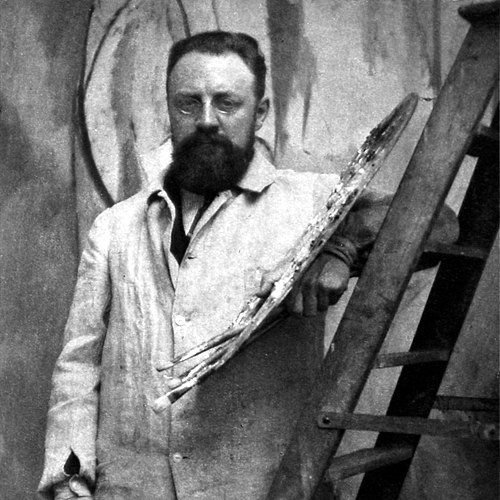
Henri Matisse
Henri Matisse (1869–1954) was a French artist best known for his use of bold color, expressive forms, and pioneering contributions to modern art. He was a leading figure in the Fauvism movement—a style characterized by wild brushwork and vibrant, non-naturalistic colors.
Though he began his career studying law, Matisse turned to painting in his early twenties after a period of illness. His early works were influenced by the likes of Cézanne, van Gogh, and Gauguin, but he soon developed his own distinctive approach that emphasized emotional resonance over realism.
Matisse's career spanned painting, drawing, printmaking, and sculpture, but later in life, after surgery left him largely bedridden, he created his celebrated paper cut-outs, or gouaches découpées—dynamic compositions made by cutting painted paper into shapes.
Some of his most iconic works include The Dance (1910), Woman with a Hat (1905), and Blue Nude II (1952). Matisse’s emphasis on joy, color, and the simplification of form profoundly influenced generations of artists and helped define the direction of modern art in the 20th century.